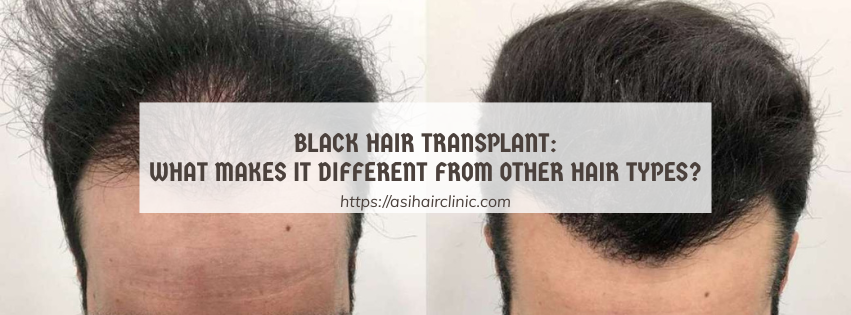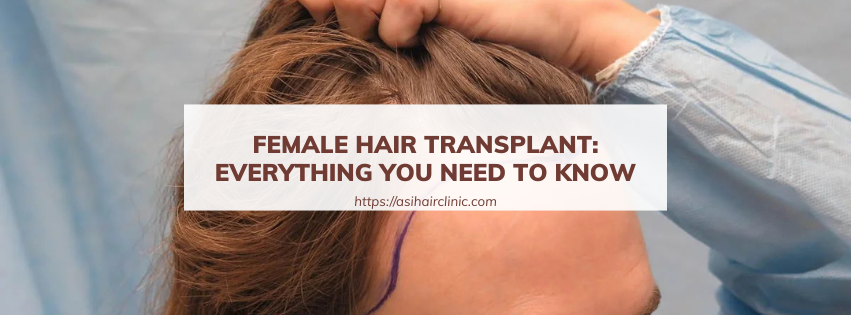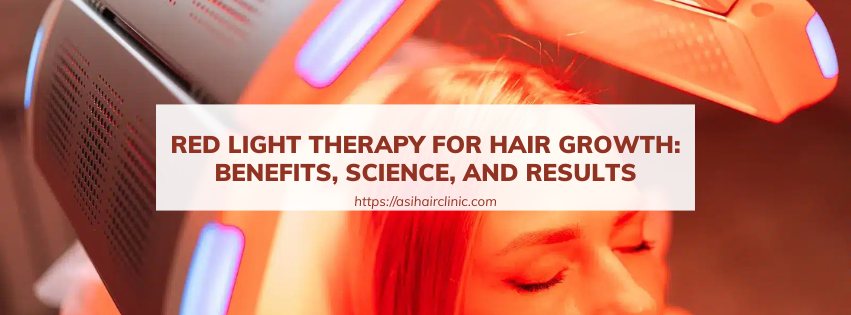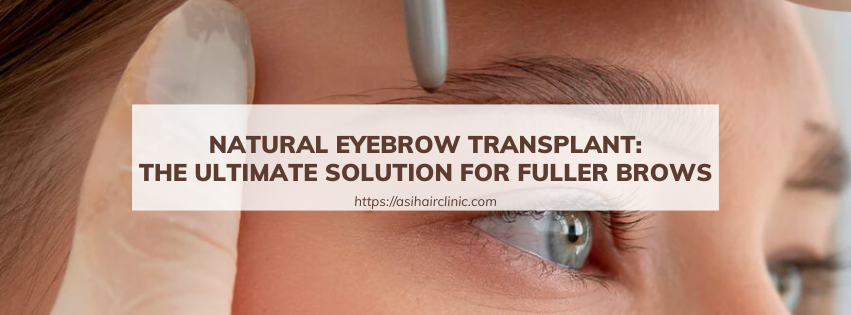What is DHI Hair Transplant?
DHI (Direct Hair Implantation) hair transplant is an advanced technique in the field of hair restoration. Unlike traditional methods, DHI involves using a specialized pen-like tool to extract and implant hair follicles directly into the scalp without creating incisions or holes beforehand. This precise method ensures a higher survival rate of the grafts and offers natural-looking results with minimal scarring. It is particularly favored for its efficiency and the quick recovery it provides to patients seeking a permanent solution to hair loss.
1. Understanding DHI Hair Transplant: An Overview
To fully appreciate the value of DHI hair transplant, it is essential first to understand what it entails. Direct Hair Implantation (DHI) is a minimally invasive technique that allows for the precise harvesting and implantation of individual hair follicles. Unlike traditional methods of hair transplantation, such as Follicular Unit Extraction (FUE) or Follicular Unit Transplantation (FUT), which often require separate procedures for extracting and implanting hair follicles, DHI combines these processes into a single seamless operation.
The key innovation of DHI lies in the use of the Choi Implanter Pen (CIP), which facilitates both extraction and implantation. The pen-like device features a hollow, needle-like tip that allows skilled technicians to extract hair follicles from the donor area and immediately implant them into the recipient site. This unique approach not only streamlines the procedure but also enhances the naturalness of the results, making DHI an appealing choice for individuals seeking hair restoration.

1.1. The Role of the Choi Implanter Pen
The Choi Implanter Pen is integral to the success of the DHI hair transplant procedure. With its precise design, it enables technicians to control the angle and depth at which hair follicles are implanted, ensuring optimal growth and a natural appearance.
- Extraction Process: The extraction of hair follicles involves using a small punch tool to carefully remove individual follicles from the donor area - typically located at the back or sides of the scalp, where hair density is usually higher. Skilled technicians ensure that the follicle's integrity is preserved during this extraction process, which is crucial to the success of subsequent implantation.
- Loading & Implantation: Once extracted, the follicles are meticulously loaded into the Choi Implanter Pen. The technician then utilizes the device to puncture the scalp at predetermined points, allowing for immediate implantation. The CIP’s unique design ensures that each follicle is inserted at the correct angle and depth, significantly reducing the risk of complications and enhancing the overall aesthetic quality of the hairline.
1.2. Advantages of DHI Hair Transplant
DHI hair transplant boasts several advantages over traditional hair restoration methods, making it a favored choice among patients experiencing hair loss.
- Minimal Scarring and Faster Recovery: One of the most significant benefits of DHI is its minimal scarring. The incision-free nature of this technique eliminates the linear scars commonly associated with FUT procedures. This factor greatly appeals to individuals concerned about visible scarring after surgery. Moreover, the reduced trauma to the scalp leads to quicker recovery times, meaning patients can return to their daily activities sooner than with other methods.
- Natural-Looking Results: The precision offered by the Choi Implanter Pen results in exceptionally natural-looking outcomes. The technique provides surgeons with the flexibility to create tailored hairlines that blend seamlessly with existing hair. This meticulous attention to detail contributes to a more aesthetically pleasing appearance and greater patient satisfaction.
- Reduced Pain and Discomfort: During a DHI procedure, local anesthesia is administered to the donor and recipient areas. Thanks to the advanced design of the Choi Implanter Pen, the penetration is gentle and minimizes trauma to surrounding tissues. Consequently, patients typically experience less pain and discomfort throughout the procedure compared to more invasive methods.
- Versatility Across Hair Types: DHI hair transplant is suitable for a variety of hair loss conditions, including androgenetic alopecia, alopecia areata, and even hair loss resulting from injuries or trauma. Its versatility allows for broader applicability, helping diverse individuals achieve their desired results.
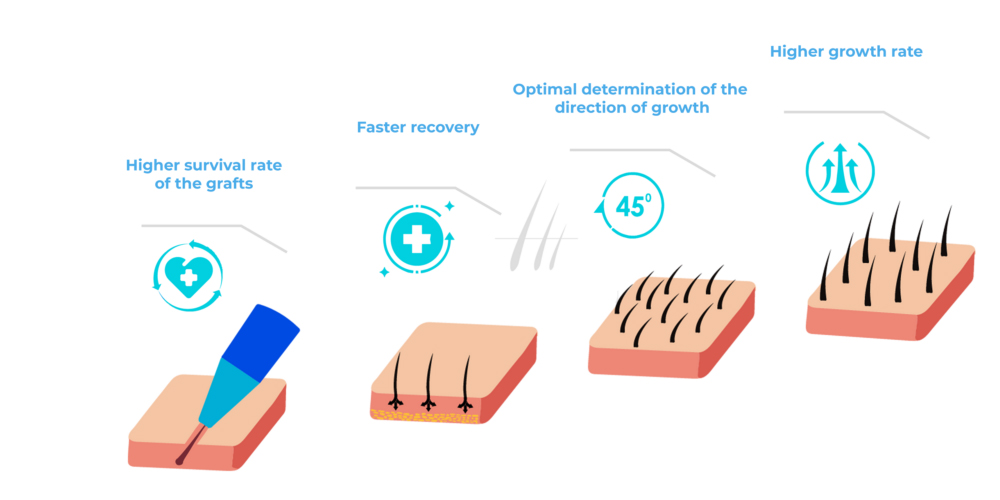
2. The DHI Hair Transplant Procedure: A Step-by-Step Guide
Understanding the detailed steps involved in the DHI hair transplant will provide potential candidates with clarity about what to expect during the process.
- Consultation and Assessment: Before the DHI procedure, a thorough consultation is conducted to assess the patient’s individual needs, expectations, and the extent of hair loss. A comprehensive evaluation helps determine the optimal course of action and the number of grafts required for the transplantation.
- Hair Follicle Extraction: DHI involves the extraction of hair follicles from the donor area, typically the back or sides of the scalp. Unlike FUT, which requires the removal of a strip of tissue, or FUE, which involves extracting individual follicular units, DHI employs a more controlled and less invasive approach.
- Graft Preparation: The extracted follicles are then meticulously examined, sorted, and prepared for implantation. This step ensures that only healthy and viable follicles are selected for transplantation, enhancing the overall success of the procedure.
- Choi Implanter Pen: The hallmark of DHI is the utilisation of the Choi Implanter Pen, a specialised tool that streamlines the implantation process. The pen has a hollow needle attached to it, enabling the surgeon to pick up individual grafts and directly implant them into the recipient area.
- Direct Implantation: With the Choi Implanter Pen, the surgeon makes precise incisions and implants the hair follicles directly into the scalp without the need for creating recipient channels beforehand. This direct approach allows for greater control over the angle, depth, and density of the implanted grafts, resulting in a more natural and aesthetically pleasing outcome.
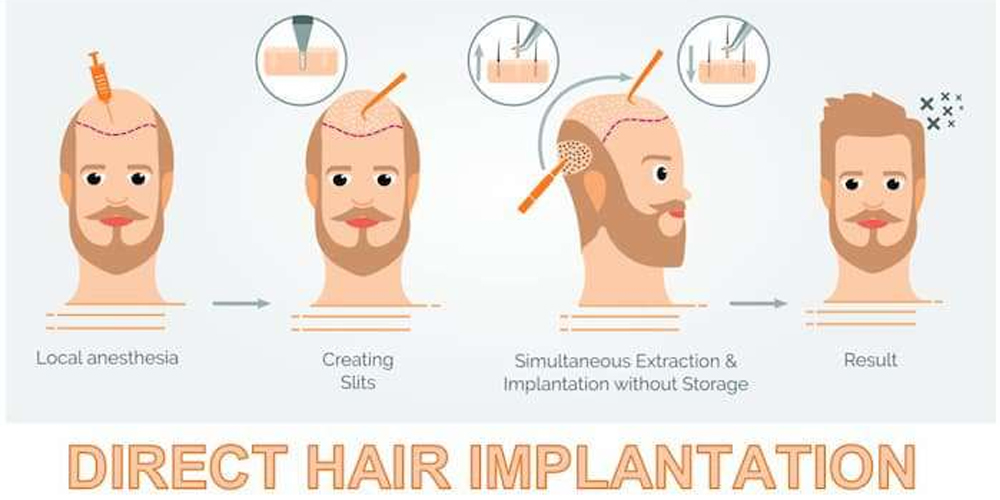
3. Post-Procedure Care and Instructions
Upon completion of the DHI hair transplant, patients receive comprehensive post-operative care instructions to support healing and optimal results.
3.1. Care for the Recipient Area
Patients are advised on how to cleanse the recipient area gently, avoiding any harsh washing or friction that might disrupt the implanted follicles. Specific products may be recommended to promote healing and prevent irritation.
3.2. Medications and Follow-Up Appointments
Surgeons typically prescribe medications to manage pain and reduce the risk of infection. It's also important for patients to schedule follow-up appointments to ensure everything progresses smoothly during the healing period.
4. Recovery Timeline and Expected Results
Understanding what to expect during recovery is essential for anyone considering a DHI hair transplant.
4.1. Initial Days Following the Procedure
In the days immediately after the DHI hair transplant, swelling, discomfort, and mild bruising around the treated areas may occur. However, these symptoms are generally manageable with prescribed pain-relief medications.
Patients can help alleviate discomfort through rest and applying cold compresses as needed. Adhering to post-operative advice significantly aids in reducing swelling and promoting a smoother recovery.
4.2. Months Three to Six: Notable Changes
Gradual hair growth becomes visible approximately three months after the procedure. At this stage, many patients begin to notice new strands of hair filling in thinning areas.
However, it is essential for patients to remember that hair growth varies individually, and patience is crucial. New hair growth may initially appear thin and fine, but over time, it will thicken and integrate with existing hair.
4.3. Months Six to Twelve: Achieving Full Growth
By six months post-procedure, the transplanted hair continues to grow, and many patients will see a significant improvement in hair density.
Full results typically materialize between twelve months and eighteen months post-transplant. Patients can expect their hair to have reached its maximum thickness and fullness, reflecting the natural appearance they desire.
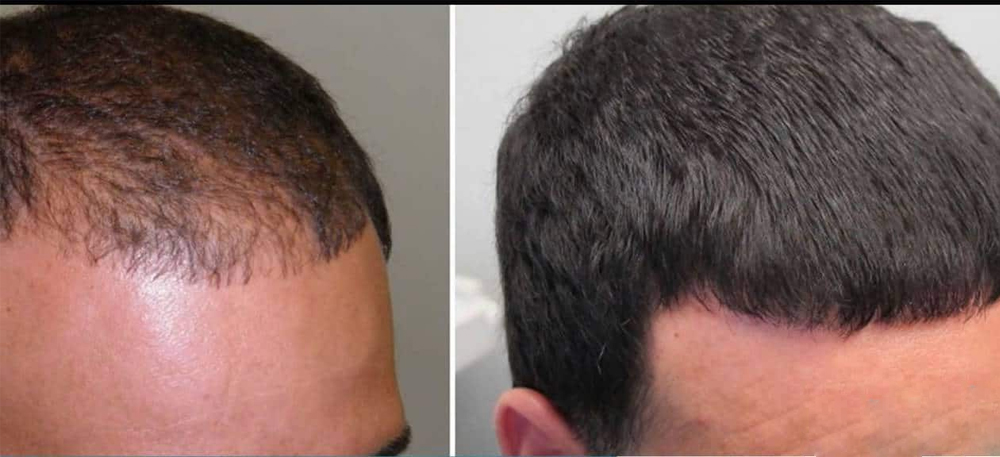
5. Identifying Suitable Candidates for DHI Hair Transplant
Not everyone is an ideal candidate for DHI hair transplant. Various factors influence candidacy, and understanding these criteria is essential for prospective patients.
5.1. Hair Loss Type
DHI hair transplant effectively addresses diverse hair loss types, including androgenetic alopecia (male and female pattern baldness), alopecia areata, and hair loss due to trauma or injury. Each condition presents unique challenges, but DHI has proven to be adaptable to various scenarios.
Genetic Considerations: Individuals with a family history of hair loss may be more likely to experience similar issues. Understanding one’s genetic predisposition can help assess the likelihood of future hair loss and inform personal decisions regarding hair restoration.
5.2. Hair Texture and Density
While DHI is versatile, it works best for individuals with sufficient hair density in the donor area. Patients who have very thin or fine hair may need to discuss other techniques or alternatives with their surgeon.
Evaluating Donor Area Quality: A thorough evaluation of the donor area’s quality is vital. If the donor hair is inadequate, alternative options may be considered to achieve satisfactory results.
5.3. Overall Health Status
Patient health plays a critical role in determining candidacy for DHI hair transplant. Those with chronic health conditions or taking certain medications should consult their healthcare providers to understand the implications of undergoing this procedure.
6. Comparing DHI Hair Transplant with Other Techniques
Understanding the differences between DHI and other hair transplant techniques can help patients make informed choices.
6.1. Follicular Unit Extraction (FUE)
FUE shares similarities with DHI, as both involve extracting individual hair follicles from the donor area. However, FUE typically requires a separate procedure for creating recipient sites, while DHI achieves this concurrently with follicle implantation.
Though both techniques have their merits, patients often prefer DHI due to its minimized scarring and enhanced control over follicle placement, resulting in more natural outcomes.
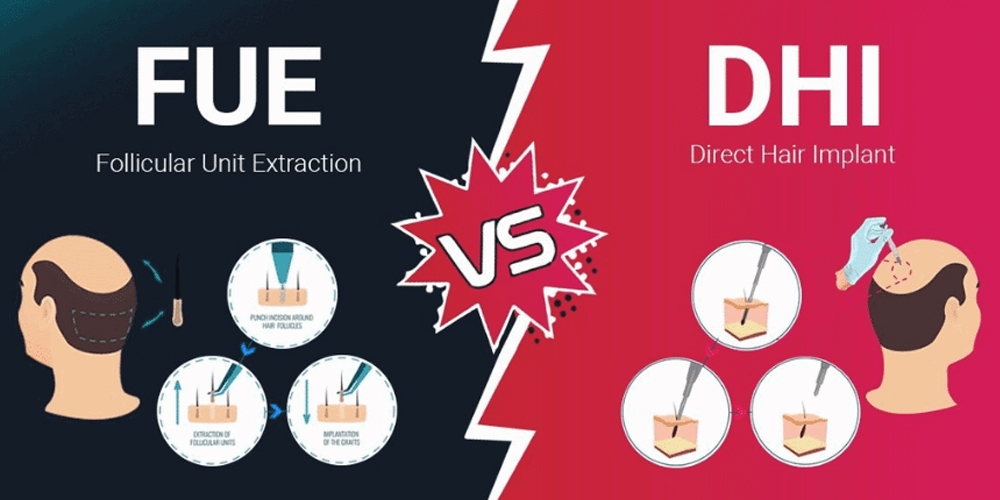
6.2. Follicular Unit Transplantation (FUT)
FUT involves removing a strip of skin from the donor area, leading to significant linear scarring. While this technique may yield a larger number of grafts in one session, many patients choose DHI for its scar-free advantage and quicker recovery time.
Ultimately, the decision between DHI, FUE, or FUT depends on individual needs and desires. Factors such as scarring concerns, budget, and the desired end aesthetic play a significant role in influencing this choice.
Conclusion
DHI hair transplant represents a revolutionary approach to hair restoration, providing individuals with a natural-looking, minimally invasive, and permanent solution for hair loss. By understanding the process, benefits, and considerations associated with this innovative technique, individuals are better equipped to make informed decisions about their hair restoration journey. Prioritize choosing a reputable clinic with experienced professionals, maintain open communication with your healthcare provider, and adhere to post-operative care recommendations to achieve optimal results. With careful planning and execution, DHI hair transplant can deliver transformative results, restoring confidence and promoting a positive body image for those affected by hair loss.
LATEST POSTS

